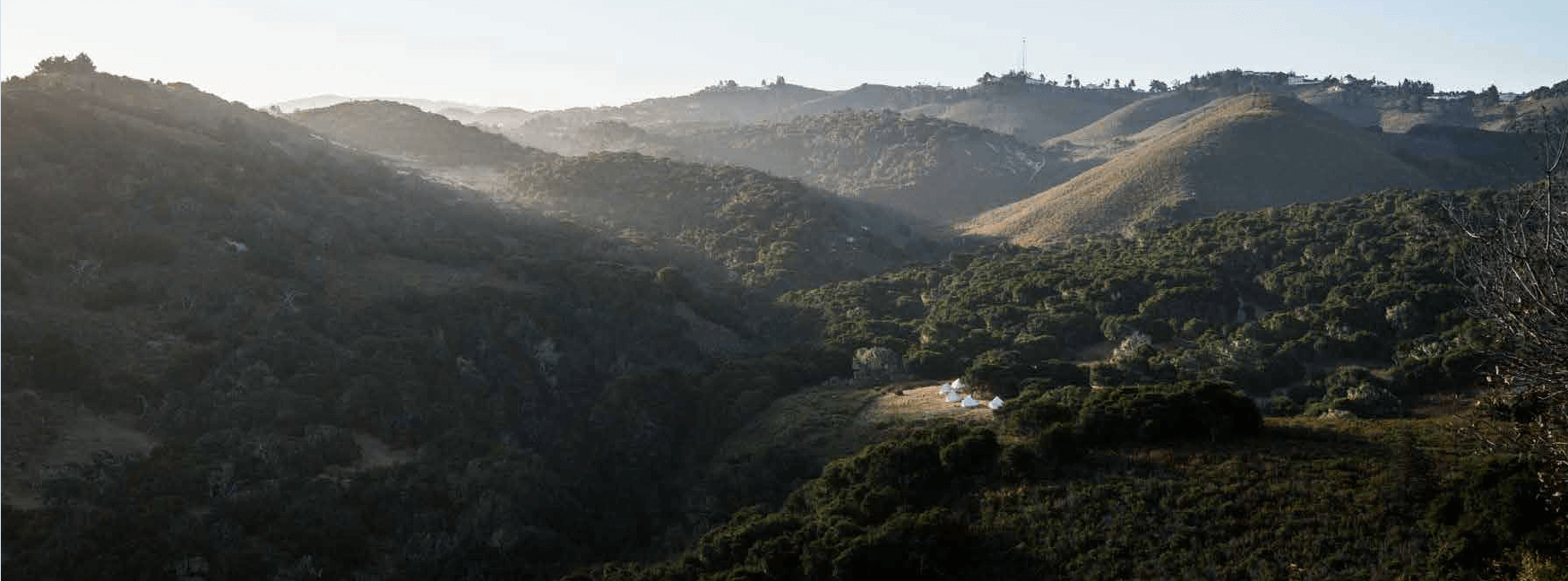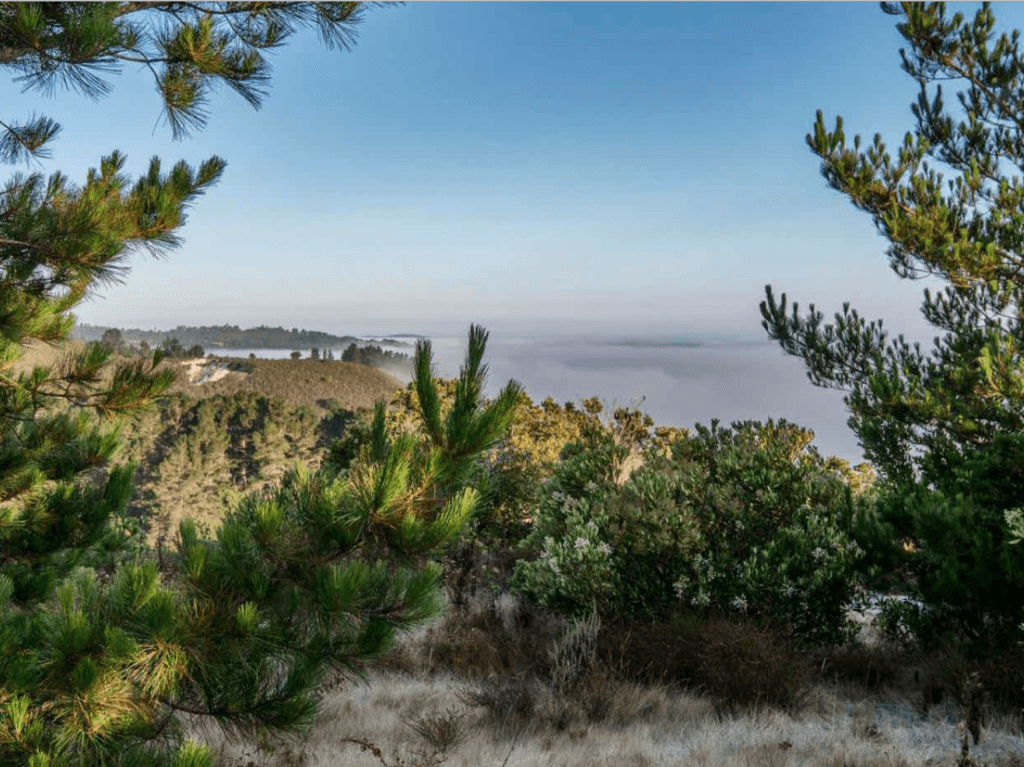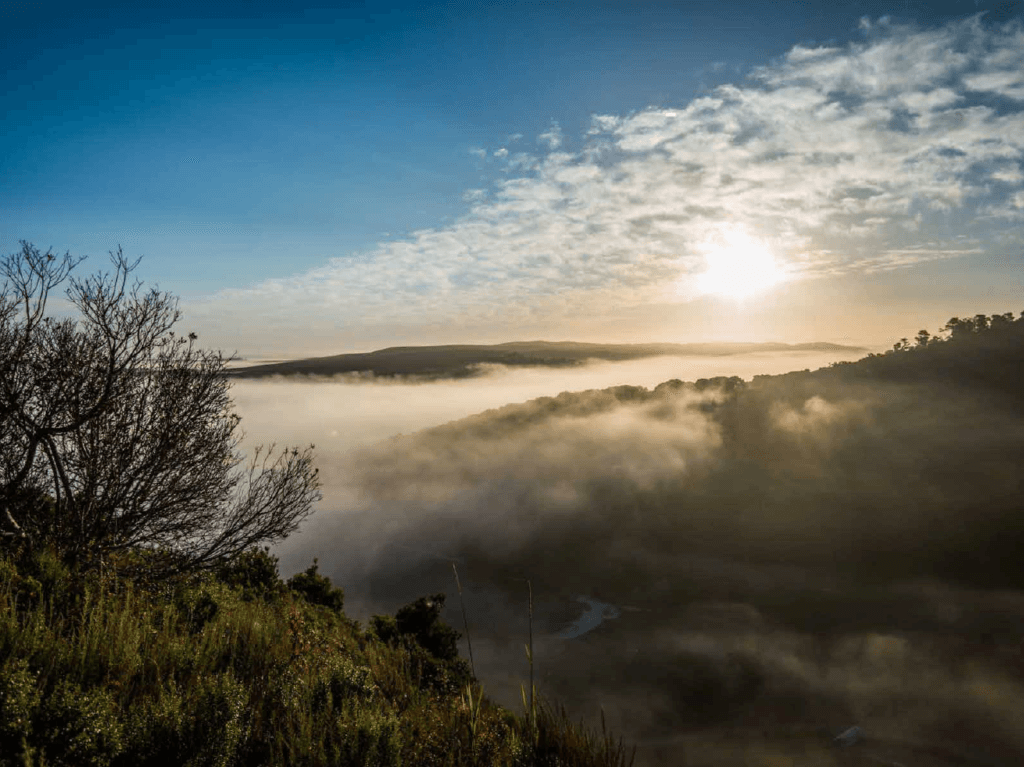THE LAND
600 acres on the Monterey Peninsula. 22 home sites. A landscape that seems to dissolve the boundaries between lot and open space. Here nature will be the inspiration for all that we do.


VIEWS
Hillsides dotted with oak trees rise 850 feet above Monterey Bay creating a landscape that is lush, private, and seductive. Every lot offers an inspiring view.
CLIMATE
Located three miles inland, a current of marine air pushes a gentle fog blanket that burns off as the sun gets higher, resulting in moderate temperatures year round.

TERRAIN
The landscape is everything from rolling to rugged, grassland to forest. It is land as it once was — elemental, true, and unmarked.
OAK WOODLAND
The oak woodland community is dominated by the Coast Live Oak, typically found alongside California Buckeye, Pacific Madrone, California Bay, California Walnut and other tree species. Coast Live Oaks can reach 50 to 70 feet in height when grown in the open, and reach smaller heights within the pine forest.
MONTEREY PINE FOREST
This community is dominated by the presence of the Monterey Pine. The size of the trees and the density of the canopy limit the plants growing with the pines. A typical understory includes a shrub layer of Ceanothus, Coffeeberry, and low-growing plants such as the Wood mint and Douglas Iris.
COASTAL PRAIRIE
The meadow areas are examples of Northern Coastal Prairie, a grassland adapted to the climatic conditions of the northern California coast. Extensive grazing all along the coast has greatly degraded the native prairie.
CHAPARRAL
The Chaparral (brushland) is usually a successional plant community that gradually moves to oak and pine forest when the soil depth supports it, even if the amount of rainfall does not change. It doesn’t rely as much on the summer fog drip that the Coastal Sage Scrub does, and it is adapted to heat and drought.